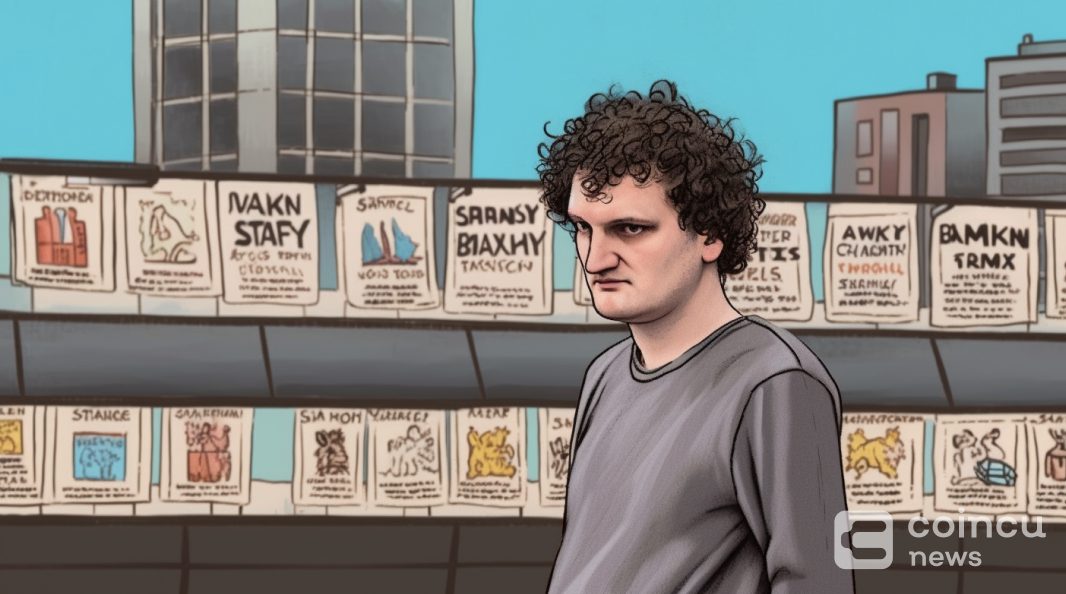Trading Activity Slows Down: A Closer Look
In recent weeks, trading activity has shown a noticeable decline as markets grapple with broader uncertainty and cautious sentiment. This trend, while concerning for some, is not entirely unexpected given the volatile economic landscape. In this post, we’ll delve deeper into the causes and potential implications of this trading slowdown.
Factors Contributing to the Trading Slump
Several factors have contributed to the recent drop in trading activity. One significant factor is the ongoing geopolitical tensions, which have led to increased market volatility and uncertainty. These tensions, coupled with concerns over global economic growth, have caused many investors to adopt a wait-and-see approach.
Another factor is the regulatory environment. In recent months, various regulatory bodies have announced new rules and initiatives aimed at increasing transparency and reducing risk in financial markets. While these measures are intended to promote long-term stability, they can also lead to short-term market volatility and reduced trading activity.
Impact on Individual Investors
For individual investors, a slowdown in trading activity can have both positive and negative implications. On the one hand, it may provide an opportunity to reevaluate investment strategies and take a more deliberate approach to trading. On the other hand, it could also result in missed opportunities or lost profits for those who rely on frequent trading to generate income.
Additionally, a slowdown in trading activity could lead to increased competition among investors, as those who remain active in the market may find themselves vying for fewer opportunities. This could result in increased pressure to make informed decisions and execute trades efficiently.
Impact on the Global Economy
At a broader level, a decline in trading activity can have significant implications for the global economy. Reduced trading activity can lead to decreased liquidity, which can in turn lead to increased market volatility and potential instability. This could have ripple effects throughout the financial system, potentially impacting everything from interest rates to commodity prices.
Furthermore, a slowdown in trading activity can also impact economic growth. Trading is a key driver of economic activity, particularly in countries that rely heavily on financial services. A decline in trading activity could lead to decreased revenue for financial institutions and potentially result in job losses.
Looking Ahead
Despite these challenges, it’s important to remember that market downturns are a normal part of the economic cycle. While the current trading slump may be concerning, it’s also an opportunity for investors to reassess their strategies and position themselves for the future. Additionally, regulatory initiatives aimed at increasing transparency and reducing risk could ultimately lead to a more stable and sustainable financial system.
As we look ahead, it’s important for investors to stay informed and remain adaptable in the face of market uncertainty. By staying informed and taking a long-term perspective, investors can navigate market volatility and position themselves for success.
- Stay informed about market trends and regulatory initiatives
- Reevaluate investment strategies and position size
- Focus on fundamental analysis and research
- Consider alternative investment opportunities
By following these steps, investors can not only weather market downturns but also position themselves for long-term success.
In conclusion, a decline in trading activity can have significant implications for both individual investors and the global economy. While the current trading slump may be concerning, it’s important to remember that market downturns are a normal part of the economic cycle. By staying informed and adaptable, investors can navigate market volatility and position themselves for long-term success.





